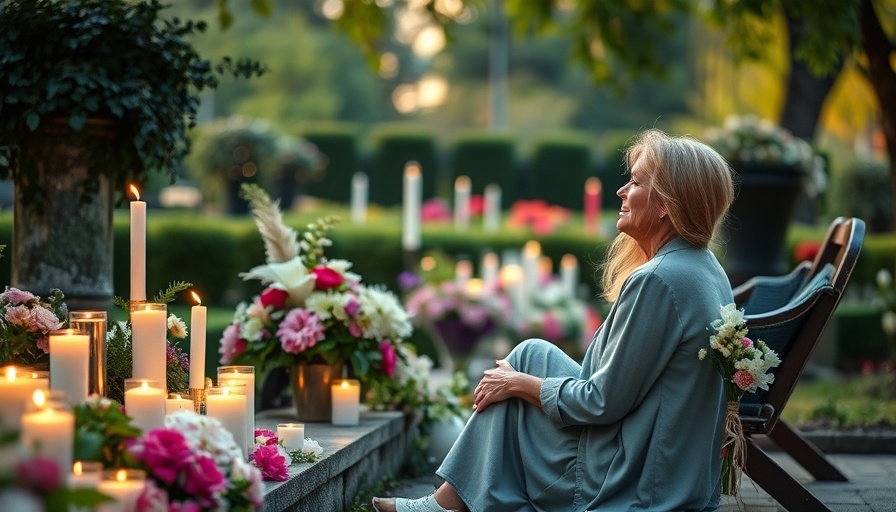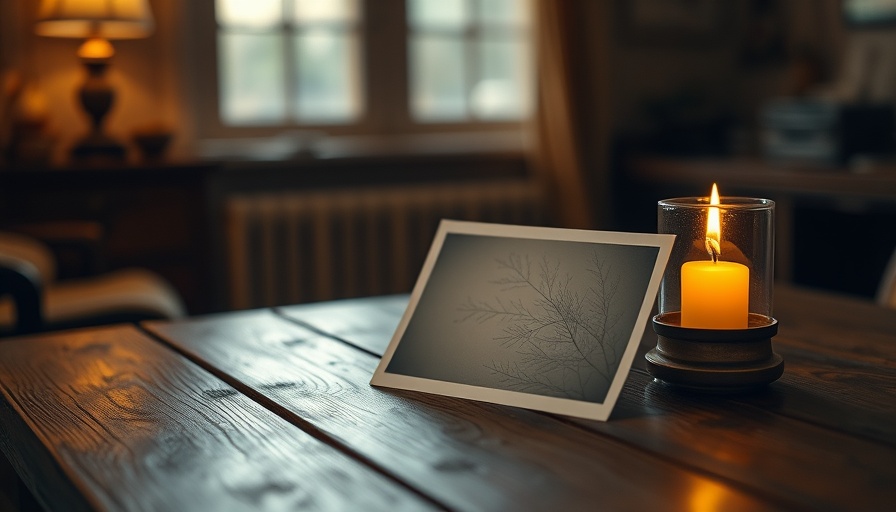
Finding Connection After Loss: The Journey of Grieving
After losing a loved one, it’s natural to seek ways to maintain that connection. Each individual’s grieving process is unique, yet many find comfort in rituals and practices that honor their loved ones. Understanding and implementing personalized grieving rituals can significantly aid in emotional healing.
Historical Context: How Cultures Ritualize Grief
The way we process grief varies significantly across cultures and has evolved over time. In many indigenous cultures, for instance, communal grieving rituals are common, helping families and friends come together, share memories, and support each other. These age-old customs serve as reminders that loss and remembrance are universal experiences.
Similarly, in Roman Catholicism, the practice of lighting candles for the deceased brings solace by symbolizing both remembrance and hope. Such rituals foster a sense of community and shared understanding, allowing individuals to mourn in ways that feel meaningful to them.
Social Connections: The Role of Shared Grief
Grieving can feel isolating, but it’s vital to remember that sharing memories, stories, and emotions is a powerful avenue to healing. Support groups offer individuals a space to express their feelings candidly. With the rise of technology, online grief support communities are increasingly popular. These platforms provide an outlet for connection and support, helping individuals navigate their feelings through forums or virtual meetups.
Parallel Examples: Personal Stories of Grieve and Growth
Consider Lucy, who lost her grandmother last year. She began writing letters to her grandmother, delineating her thoughts and daily experiences. This practice helped her to both grieve and cherish their memories together.
Another story follows Mike, who started a small garden in his backyard in memory of his mother. Each flower and plant represents a cherished memory or story, creating a physical space where he can reflect and connect with his past.
Future Insights: The Evolving Landscape of Grief
Looking towards the future, the integration of technology into the grieving process has expanded exponentially. Virtual reality experiences, for example, are being developed to help individuals reminisce with immersive interactions that evoke memories. As the health tech industry progresses, these innovations will likely play a significant role in how we cope with loss.
Counterarguments: Varied Perspectives on Grief
While many find solace in memorializing their loved ones, some argue that too much focus on rituals may hinder the healing process. Psychologists often caution against becoming too entrenched in past memories, suggesting a more balanced approach, where one reflects without overshadowing the present. The challenge lies in finding the right mix that resonates with individual experiences.
Decisions You Can Make With This Information
As you navigate your grief, consider creating a personalized ritual—be it lighting a candle, planting a tree, or journaling. Reflect on what practices make you feel most connected to your loved ones, and adapt those to fit your emotional journey. Connecting with others who share these experiences will also enrich your grieving process.
Practical Insights: Tools for Grieving
Here are some actionable practices to help keep the memory of your loved ones alive:
1. **Create a Memory Book:** Compile photographs, notes, and stories that celebrate your loved one’s life.
2. **Establish a Memorial Tradition:** Whether it’s annual visits to their favorite place or making their favorite meal, keep their spirit alive in your routines.
3. **Utilize Online Communities:** Engage with others who are also grieving through dedicated forums or support groups, providing invaluable emotional relief and encouragement.
Risk Factors: Challenges Encountered During Grieving
Recognizing potential challenges in the grieving process is crucial. Issues like unresolved guilt, depression, or anxiety may surface. Acknowledging these feelings and seeking help from a mental health professional can provide you with the tools necessary to manage them while paving the way for healthier coping mechanisms.
In conclusion, embodying your connection to a late loved one can be both challenging and therapeutic. By creating your own meaningful rituals, engaging with others, and leveraging technology, you can navigate this painful journey toward healing and remembrance.
 Add Row
Add Row  Add
Add 




 Add Row
Add Row  Add
Add 

Write A Comment